Once upon a time, these magnificent structures housed kings, queens, and emperors who ruled vast territories and shaped world history. Today, many of these former seats of power have opened their doors to ordinary visitors, offering glimpses into the lives of extraordinary luxury and political intrigue. Walking through their halls means stepping into stories that textbooks can barely capture.
The transformation from a private royal residence to a public attraction represents one of history’s most dramatic shifts in accessibility. Here is a list of 17 former royal palaces that now welcome visitors from around the world.
Palace of Versailles
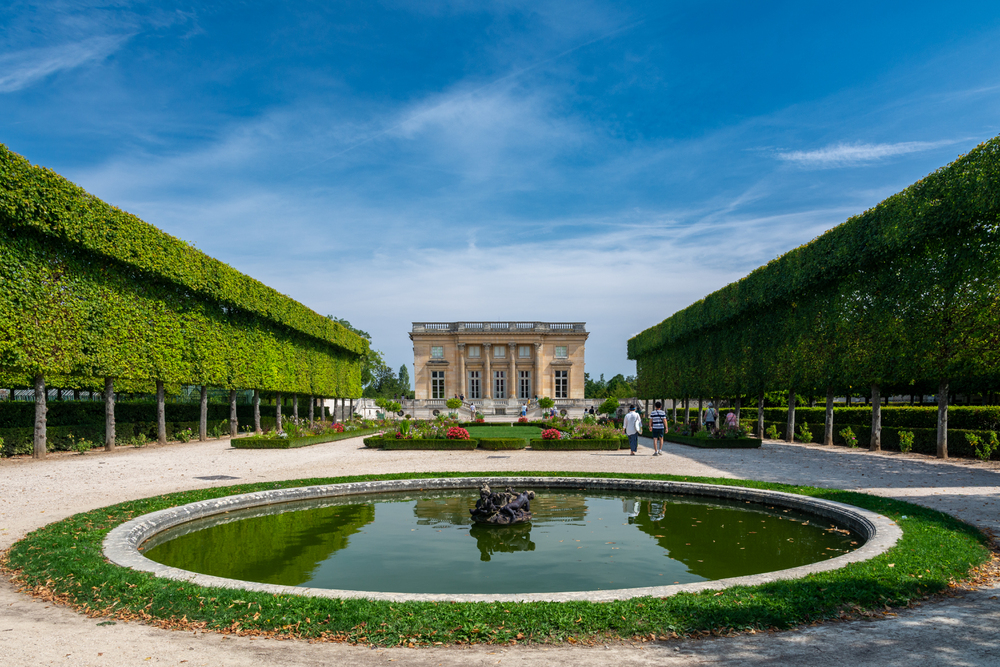
This French masterpiece served as the primary residence of Louis XIV, XV, and XVI until the French Revolution forced the monarchy from power. The palace’s Hall of Mirrors stretches 240 feet long, featuring 357 mirrors that once reflected candlelight during lavish court ceremonies.
Visitors can explore the king’s private apartments, where Louis XIV held his famous lever ceremonies each morning. The surrounding gardens span 2,000 acres and include the smaller palaces of Grand Trianon and Petit Trianon.
Schönbrunn Palace
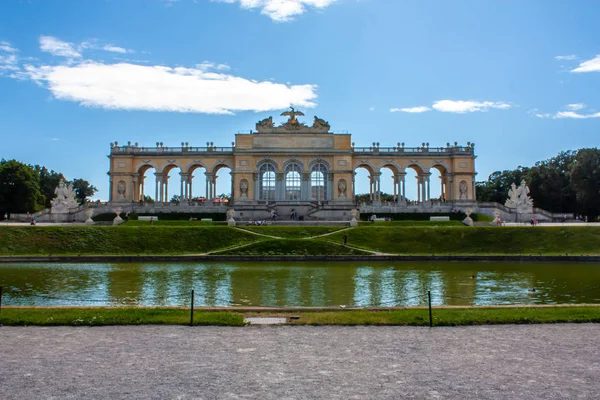
Vienna’s imperial summer residence housed the Habsburg dynasty for centuries, including Empress Maria Theresa and later Emperor Franz Joseph. The palace contains 1,441 rooms, though only 45 are open for public tours that showcase original rococo and baroque furnishings.
The Great Gallery hosted diplomatic meetings that shaped European politics, while the palace gardens feature the world’s oldest zoo, still operating since 1752. Napoleon Bonaparte stayed here twice during his occupation of Vienna.
Like Travel Pug’s content? Follow us on MSN.
Forbidden City
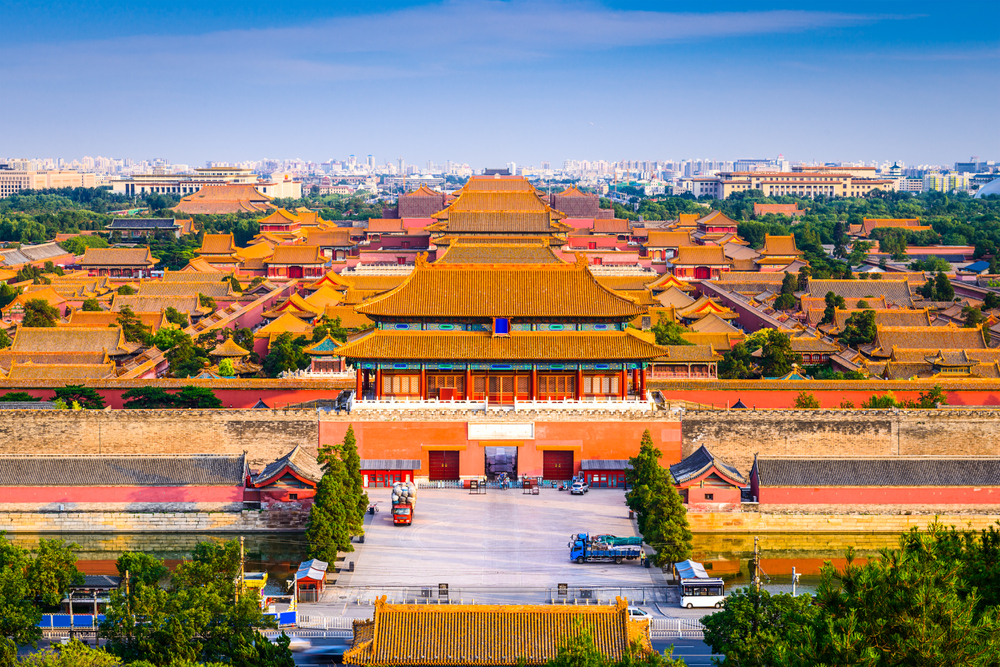
Beijing’s massive palace complex served as home to 24 emperors during the Ming and Qing dynasties over nearly 500 years. The rectangular compound covers 180 acres and contains 980 surviving buildings, making it the world’s largest palace complex.
Ordinary Chinese citizens were banned from entering for centuries—hence the name—but now millions visit annually to see the throne rooms and imperial living quarters. The palace’s yellow-glazed roof tiles were reserved exclusively for imperial buildings throughout Chinese history.
Buckingham Palace

While still an official royal residence, London’s most famous palace opens its state rooms to the public during summer months when the royal family vacates for Scotland. The palace contains 775 rooms, including 19 state rooms decorated with treasures from the Royal Collection.
Visitors can see the throne room, where investiture ceremonies take place, and the ballroom, where state banquets honor visiting dignitaries. The famous balcony overlooking The Mall has been the site of countless royal appearances since Queen Victoria’s time.
Peterhof Palace

Peter the Great built this Russian palace complex to rival Versailles, creating what became known as the ‘Russian Versailles’ on the shores of the Gulf of Finland. The Grand Palace overlooks 64 fountains that operate without pumps, using only the natural gravity-fed pressure from springs and elevated reservoirs.
The palace’s throne room and ceremonial halls showcase the opulence of imperial Russia before the 1917 revolution. The estate’s lower gardens stretch toward the Baltic Sea, featuring fountain displays that still amaze visitors three centuries later.
Like Travel Pug’s content? Follow us on MSN.
Topkapi Palace

Istanbul’s sprawling palace complex served as the administrative center and primary residence of Ottoman sultans for over 400 years. The palace overlooks both the Bosphorus Strait and the Golden Horn, occupying one of the world’s most strategic locations.
Visitors can explore the harem quarters where the sultan’s family lived, along with the treasury containing the famous Topkapi Dagger and other imperial jewels. The palace kitchens once employed over 1,000 cooks to feed the royal household and visiting dignitaries.
Neuschwanstein Castle
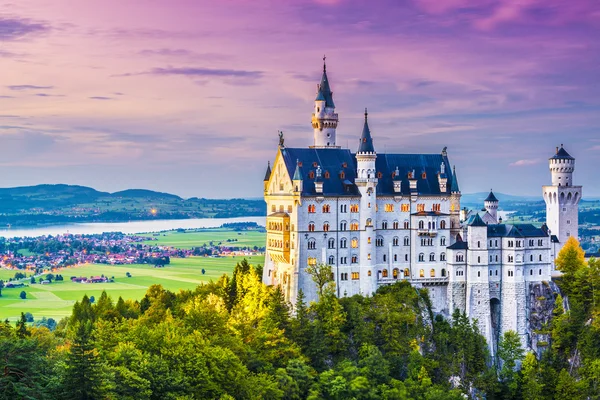
Bavaria’s fairy-tale castle was commissioned by the reclusive King Ludwig II, who wanted to escape the pressures of political life in the 1870s. The castle’s romantic design inspired Walt Disney’s Sleeping Beauty Castle, though Ludwig only lived there for 172 days before his mysterious death.
The throne room features a massive chandelier weighing over 4,000 pounds, while the king’s bedroom took 14 carvers more than four years to complete. Modern amenities included central heating and running water on every floor—luxuries rare in 19th-century castles.
Catherine Palace
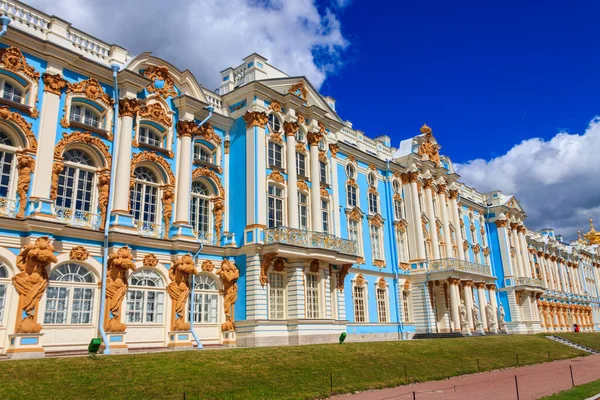
Located in Pushkin, Russia, this baroque masterpiece was the summer residence of Russian tsars and is famous for its legendary Amber Room. The palace’s blue and white facade stretches over 1,000 feet long, while the interior contains gilded halls that showcase Russian imperial craftsmanship.
The original Amber Room disappeared during World War II, but a painstaking reconstruction completed in 2003 recreates the ‘Eighth Wonder of the World.’ The palace’s grand ballroom covers 8,600 square feet and features massive crystal chandeliers.
Like Travel Pug’s content? Follow us on MSN.
Doge’s Palace
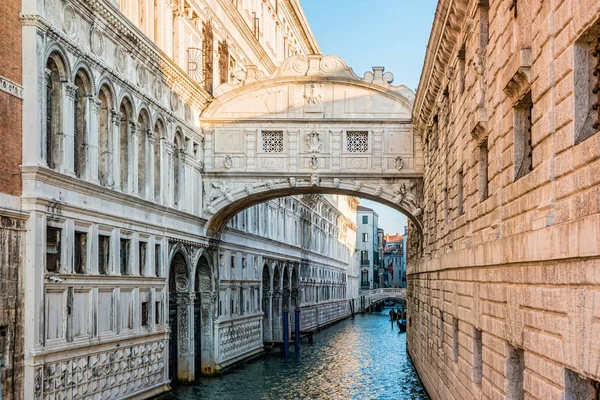
Venice’s pink and white Gothic palace served as the residence of the Doge, the supreme authority of the former Venetian Republic. The palace’s Great Council Hall could accommodate the entire Venetian nobility—sometimes over 2,000 members—during important political meetings.
Visitors can cross the famous Bridge of Sighs, which connects the palace to the prison where Casanova was once held. The palace’s walls feature paintings by Tintoretto and Veronese that depict Venice’s maritime empire at its peak.
Pena Palace
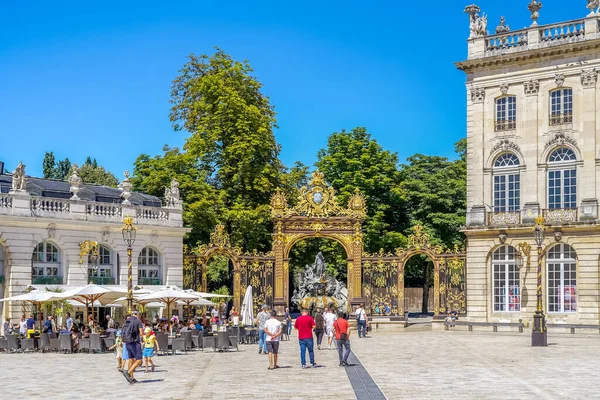
Perched high above Sintra, Portugal, this colorful romantic palace was built for King Ferdinand II in the 1840s. The palace combines Gothic, Renaissance, Moorish, and Manueline architectural styles in a design that seems pulled from a children’s storybook.
The interior rooms remain furnished exactly as the royal family left them when they fled during the 1910 revolution. The surrounding Pena Park covers 500 acres of exotic trees and plants collected from Portugal’s former colonies around the world.
Château de Chambord
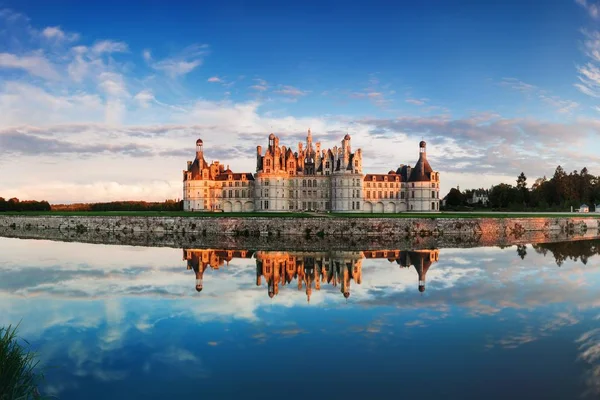
This French Renaissance castle in the Loire Valley was built as a hunting lodge for King Francis I, though its grand scale suggests more ambitious intentions. The castle features a unique double-helix staircase that allows people to ascend and descend without meeting—a design possibly influenced by Leonardo da Vinci.
The rooftop terrace offers views of the surrounding 13,000-acre forest, once a royal hunting preserve. The castle contains 440 rooms and 282 fireplaces, though Francis I spent only 72 nights there during his entire reign.
Like Travel Pug’s content? Follow us on MSN.
Royal Palace of Madrid
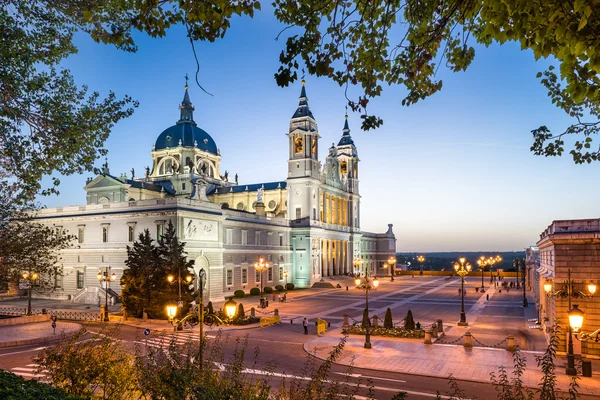
Spain’s largest functioning palace contains 3,418 rooms, making it the largest royal palace in Europe by floor area. The palace serves for state ceremonies, though the Spanish royal family actually lives in the smaller Zarzuela Palace outside the city.
The throne room features a ceiling painted by Giovanni Battista Tiepolo, while the royal armory contains one of the world’s finest collections of medieval weapons and armor. The palace’s Stradivarius Room houses five violins crafted by the famous Italian luthier for the Spanish royal court.
Winter Palace
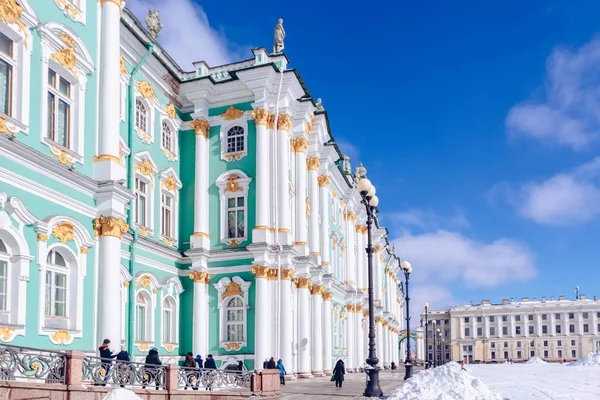
St. Petersburg’s massive green and white baroque palace served as the official residence of Russian emperors from 1732 to 1917. The palace forms part of the Hermitage complex, which now houses one of the world’s largest art collections with over three million items.
The Jordan Staircase, where tsars made their grand entrances, leads to the throne room and state apartments decorated with malachite, jasper, and gold. The palace’s 1,500 rooms once required a staff of thousands to maintain the imperial household.
Mysore Palace

This Indo-Saracenic palace in Karnataka, India, served as the seat of the Wadiyar dynasty and the Kingdom of Mysore. The current palace, built in 1912 after a fire destroyed the original, combines Hindu, Muslim, Rajput, and Gothic architectural elements.
The palace is illuminated by nearly 100,000 light bulbs during the annual Dasara festival, creating a spectacle visible from miles away. The durbar hall features a golden throne weighing 616 pounds, used during royal ceremonies until India’s independence.
Like Travel Pug’s content? Follow us on MSN.
Dolmabahçe Palace
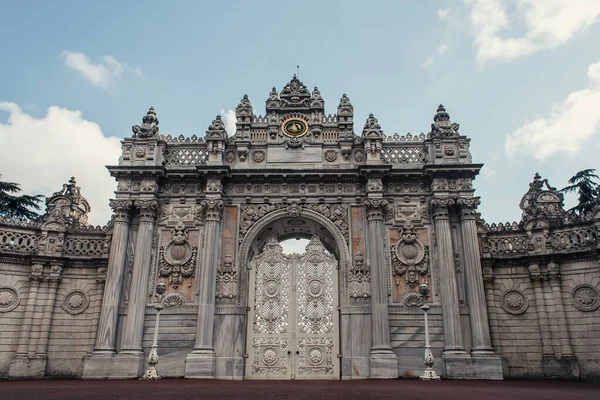
Istanbul’s 19th-century palace replaced Topkapi as the main administrative center of the Ottoman Empire during its final decades. The palace stretches along the Bosphorus for 2,000 feet and contains 285 rooms decorated in European baroque and neoclassical styles.
The ceremonial hall features the world’s largest Bohemian crystal chandelier, weighing 4.5 tons and containing 750 lamps. Mustafa Kemal Atatürk, founder of modern Turkey, spent his final days in the palace before dying there in 1938.
Royal Palace of Caserta
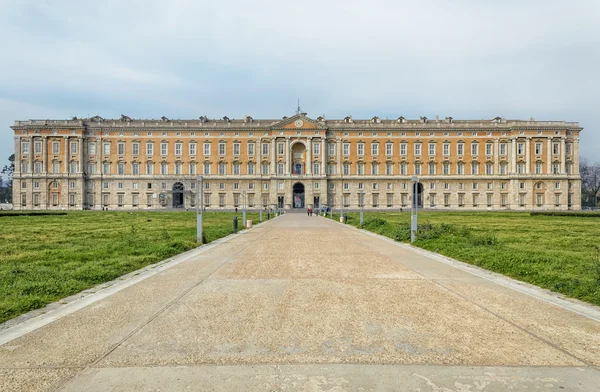
This Italian baroque palace was built for the Bourbon kings of Naples and rivals Versailles in size and grandeur. The palace contains 1,200 rooms connected by 34 staircases, while the famous grand staircase features 116 steps made from a single piece of marble.
The palace gardens extend for two miles and include waterfalls, fountains, and an English garden with exotic plants. The throne room and royal apartments showcase 18th-century luxury during the height of the Bourbon dynasty’s power.
Alhambra
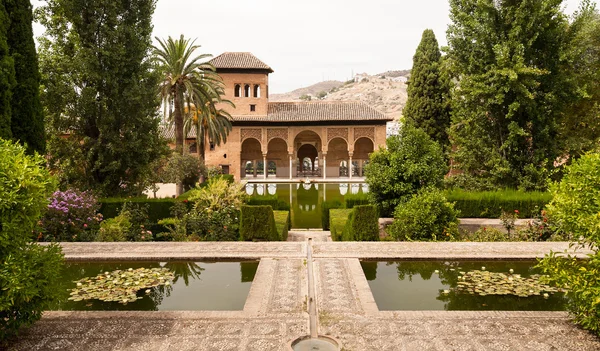
Granada’s Moorish palace complex served as the residence of Nasrid rulers during the final centuries of Muslim rule in Spain. The palace’s intricate Islamic architecture features geometric patterns, Arabic calligraphy, and sophisticated hydraulic systems that still function today.
The Court of Lions contains a fountain supported by 12 white marble lions, while the Hall of Ambassadors served as the throne room for Nasrid sultans. The palace gardens overlook the city of Granada and the Sierra Nevada mountains beyond.
Like Travel Pug’s content? Follow us on MSN.
Where Crowns Once Ruled
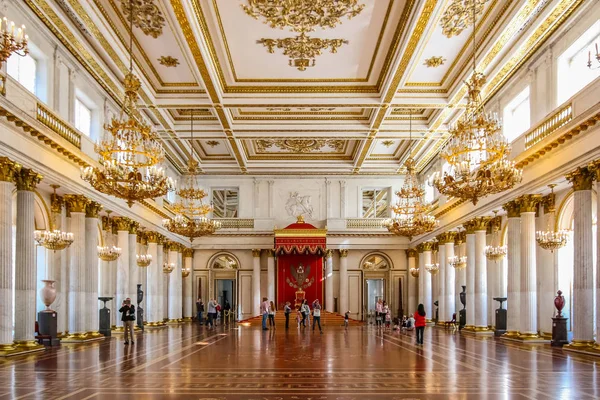
These former seats of power remind us how dramatically the world has changed in just a few centuries. Palaces that once excluded all but the highest nobility now welcome millions of visitors annually, democratizing access to humanity’s most spectacular architectural achievements.
The transformation reflects broader shifts toward transparency and public access that would have seemed impossible to the monarchs who once called these places home. Today’s visitors walk the same halls where emperors made decisions that shaped continents, bridging centuries through shared human curiosity about power, beauty, and the stories that walls remember.
More from Travel Pug

- 20 Best Beach Towns in the Carolinas
- 13 Destinations Where Tourists Regularly Regret Their Trip
- 20 Destinations That Are More Magical Without an Itinerary
- 20 Underrated Adventures That Belong on Your Travel List
- 20 Cities Where You Should Just Wing It, No Planning Required
Like Travel Pug’s content? Follow us on MSN.w us on MSN.N.
